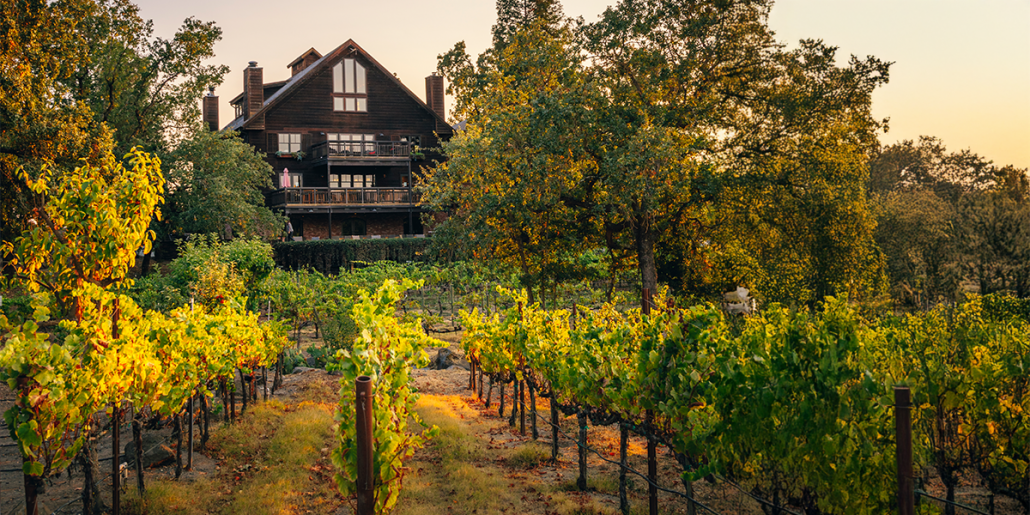Understanding Vineyard Pruning: A Vital Step in Crafting Exceptional Wine
Pruning is one of the most important and strategic tasks in the vineyard, ensuring that each vine grows with purpose and produces the highest quality fruit. While it may seem like a simple task of cutting back vines, pruning is a carefully calculated process that requires knowledge of the plant’s growth patterns and a deep understanding of what makes a great wine. This wintertime chore plays a critical role in shaping the future harvest, as it directly impacts both the quantity and quality of the grapes. In this blog, we’ll explore why pruning is so vital to the process of winemaking, the methods used, and how it helps achieve the balance that results in exceptional wine.
What is Pruning in Wine and Why is It Important?
Pruning is the process of cutting back the grapevines to remove unwanted or excess growth, ensuring that the vine remains healthy and productive. This may sound simple, but it’s a highly important task that’s essential for the long-term success of the vineyard. Essentially, pruning helps manage the vine’s growth by focusing its energy on producing the best possible fruit. Without pruning, vines can grow too wild and unmanageable, producing more leaves than fruit, or they may not ripen the grapes properly.
By removing older wood and leaving only the new, fruitful buds, pruning helps to control the number of grapes the vine will bear, optimizing both quality and yield. In essence, it’s like giving the vine a fresh start each year, setting the stage for a bountiful and balanced harvest.
The Pruning Process: Timing and Techniques
Pruning isn’t just about trimming here and there; it’s about doing so with intention and at the right time. Typically, pruning happens during the winter months when the grapevines are dormant. This timing is crucial because it allows the vine to “rest” while the vineyard team takes care of the cutting back. If done too early or too late, pruning can expose the vines to disease or damage, making the entire vineyard vulnerable.
As for techniques, there are two primary methods used in grapevine pruning: spur pruning and cane pruning. In spur pruning, short spurs of one-year-old wood are left behind, ideal for vines that produce fruit on older wood, like Cabernet Sauvignon. Cane pruning, on the other hand, involves cutting back to longer sections of the vine, leaving more wood for shoots to grow. This method is typically used for varietals like Pinot Noir, where fruit develops on the previous season’s growth.
Both methods have their specific uses, depending on the grape variety and the desired outcome for the harvest.
How Pruning Affects Grape Quality and Flavor
Pruning plays a critical role in shaping the quality and flavor of the wine produced. By selectively removing certain growth, we can influence how the vine directs its energy. If there are too many buds left on the vine, it will produce excess fruit, but this fruit will often be underdeveloped, leading to less concentrated flavors. On the other hand, if too few buds are left, the vine’s energy may focus too much on leaves and stems, leaving less energy to ripen the fruit properly.
When done correctly, pruning helps the vine focus on the right number of clusters, ensuring that the fruit that does grow has the perfect balance of sugars, acidity, and tannins. This balance is what leads to the complexity and depth of flavors we all love in wines. Think of it as giving each bunch of grapes the perfect amount of attention, ensuring the best possible outcome for the winemaking process.
The Role of Pruning in Vineyard Health
Pruning isn’t just about getting the best quality grapes; it also plays a crucial role in the overall health of the vineyard. By removing old, dead, or diseased wood, we reduce the risk of pests and diseases that can affect the vines. This helps maintain a clean and healthy environment, which is key to sustainable farming practices.
Additionally, pruning improves airflow and sunlight exposure throughout the vine, which helps prevent fungal diseases like powdery mildew. A well-pruned vine is more open, allowing air to circulate freely, reducing humidity, and promoting the growth of strong, healthy shoots. This enhances the vine’s ability to photosynthesize, which in turn supports the vine’s overall vitality, leading to a better harvest season after season.
When Do We Prune? Understanding the Timing
Pruning is a task that requires both skill and perfect timing. It’s typically done in the winter months when the vines are dormant, allowing for a fresh start to the growing season. This timing is crucial for the vine’s recovery and the health of the buds that will eventually develop into grapes.
Pruning too early, before the vine has fully gone dormant, can stress the plant and leave it vulnerable to winter damage. Conversely, pruning too late can risk frost damage to the new buds, as the vine may start showing early signs of growth. By waiting until the vine is fully dormant, we can ensure the best conditions for both the vine’s health and the grape crop it will produce.
Timing also influences how the vine can manage its energy throughout the growing season, affecting everything from grape development to canopy management, ultimately leading to a better wine.

The Art of Pruning for Quality Wine at La Crema
Pruning is an essential part of vineyard management, shaping the growth of the vines and ultimately impacting the quality of the grapes and, of course, the wine. By carefully selecting how many buds to leave, vineyard managers create the perfect balance—ensuring healthy vines, consistent grape maturation, and the concentrated flavors that lead to exceptional wines.
Whether it’s the balanced complexity of a La Crema Pinot Noir or the bright, crisp notes of our Chardonnay, the quality of our wines begins in the vineyard, where thoughtful pruning helps produce the best possible grapes. Every decision made in the vineyard, from timing to technique, is aimed at ensuring that each bottle reflects the care and attention we put into the process.
So, next time you pour yourself a glass of La Crema, remember the work that goes into every vine and the role pruning plays in crafting the wines you love.




Comments